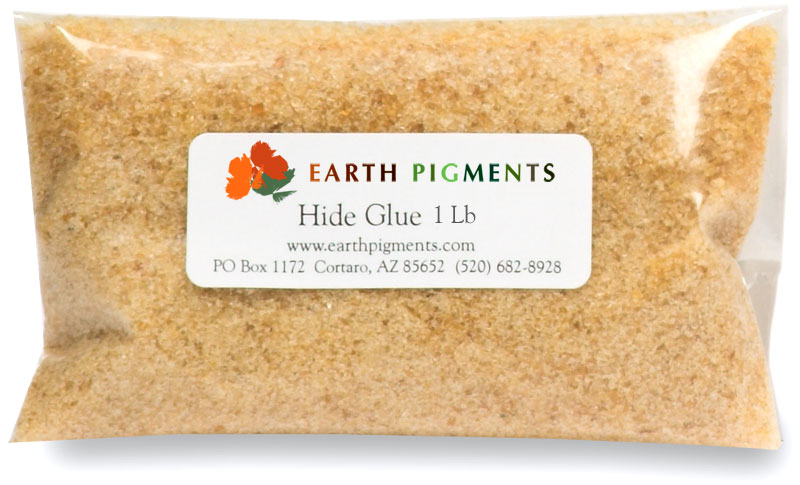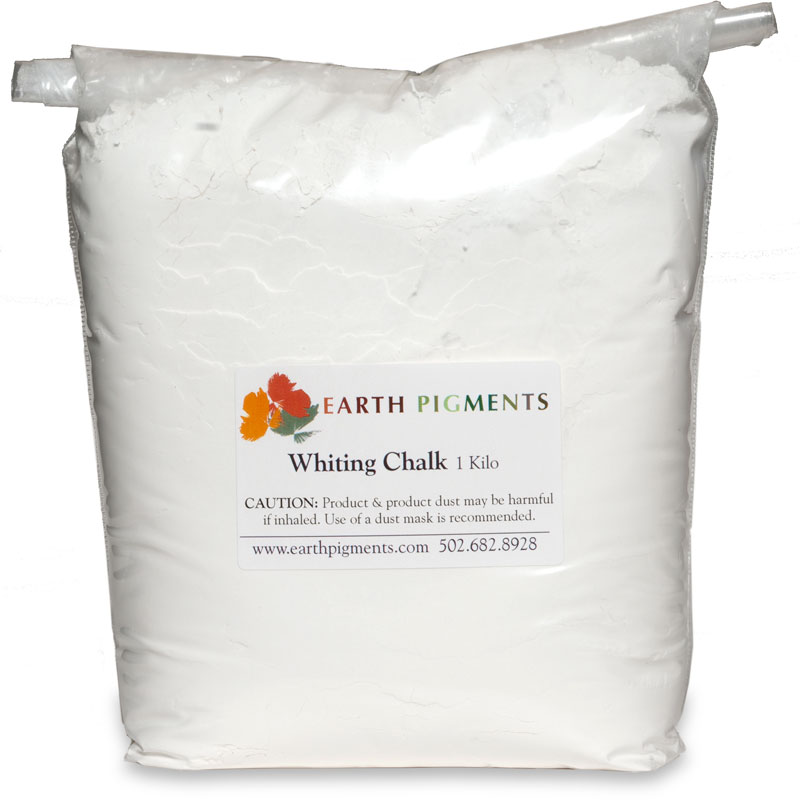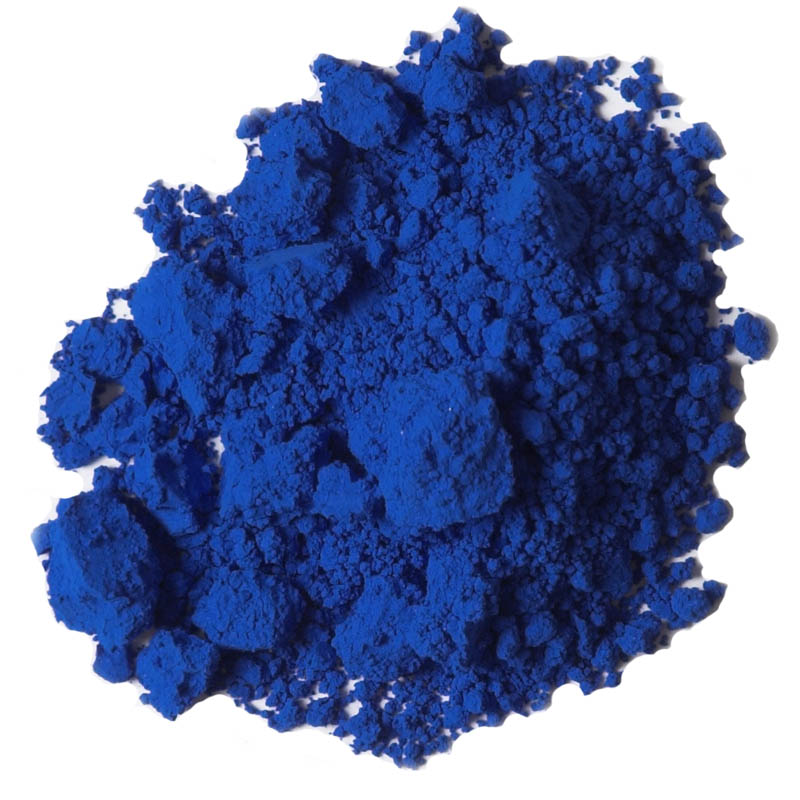Distemper, also called Soft Size paint, uses hide glue as it medium to achieve a soft finish like velvet. The result is warm and charming. It has many similarities to lime, and has a long shared history, only loosing favor to latex/vinyl paints as late as the 1950's. Distemper has an advantage over lime in that it can be applied to porous surfaces where lime cannot, such as over gypsum plaster. It is also preferred for intricate cornices and ceilings because it can be removed before repainting, avoiding the loss of intricate details due to multiple layers of modern paints.
- For porous surfaces such as bare plasters, wall papers, brick and natural matte emulsions
- A breathable finish
- Not washable, but can easily be removed if desired
- Inexpensive and easy to make
- Covers in one coat, high coverage power
This version of size with whiting and pigment is referred to as Calcimine Distemper for interiors. It combines the glue as the binder, whiting for opacity and powdered pigments for color. If the use of animal glue is not appealing, a modern version can be made using PVA glue as the binder. However, this will exclude some of the benefits of the natural formula.
Ingredients
- 4 oz Hide Glue
- 2 ½ cups water
- 3.5 kilos Whiting Chalk
- 1 teaspoon Ultramarine Blue Pigment (optional)
- 4 oz or 100g Natural Pigment
Soak the glue granules in the measured water, slake pigments separately, and soak the whiting in a volume of water in a bucket. Leave all overnight to "fatten up". Heat the glue/water over a double boiler and stir to dissolve. Do not heat over 140 ºF. Carefully pour the water off of the soaked whiting that will have deposited on the bottom of the bucket. Discard this water. If desired, you can add 1 teaspoon of ultramarine blue to this whiting to counteract the yellow of the size and whiten the distemper. Using a strainer over the bucket, pour the heated glue size into the Whiting Chalk and whisk. The slaked pigment is then added while the glue and whiting is still warm and whisked well. Upon cooling this mixture will become a thick gel. This recipe will cover approximately 100 sq ft, dependant upon how porous the surface is. If too porous, surfaces may need an initial primer of glue size (1 part glue to 10 parts water). Back to Top
Application Techniques
Test paint to be sure ratios are correct and color desired has been achieved. Dried paint will appear lighter than when wet. Apply one coat with 6 inch brush of choice, depending upon textural effect desired. Cut in top and edges and paint vertically, top to bottom in one stroke. Make sure paint does not dry too quickly while applying and do not brush over dry areas. Wash up with soap and water. Back to Top



